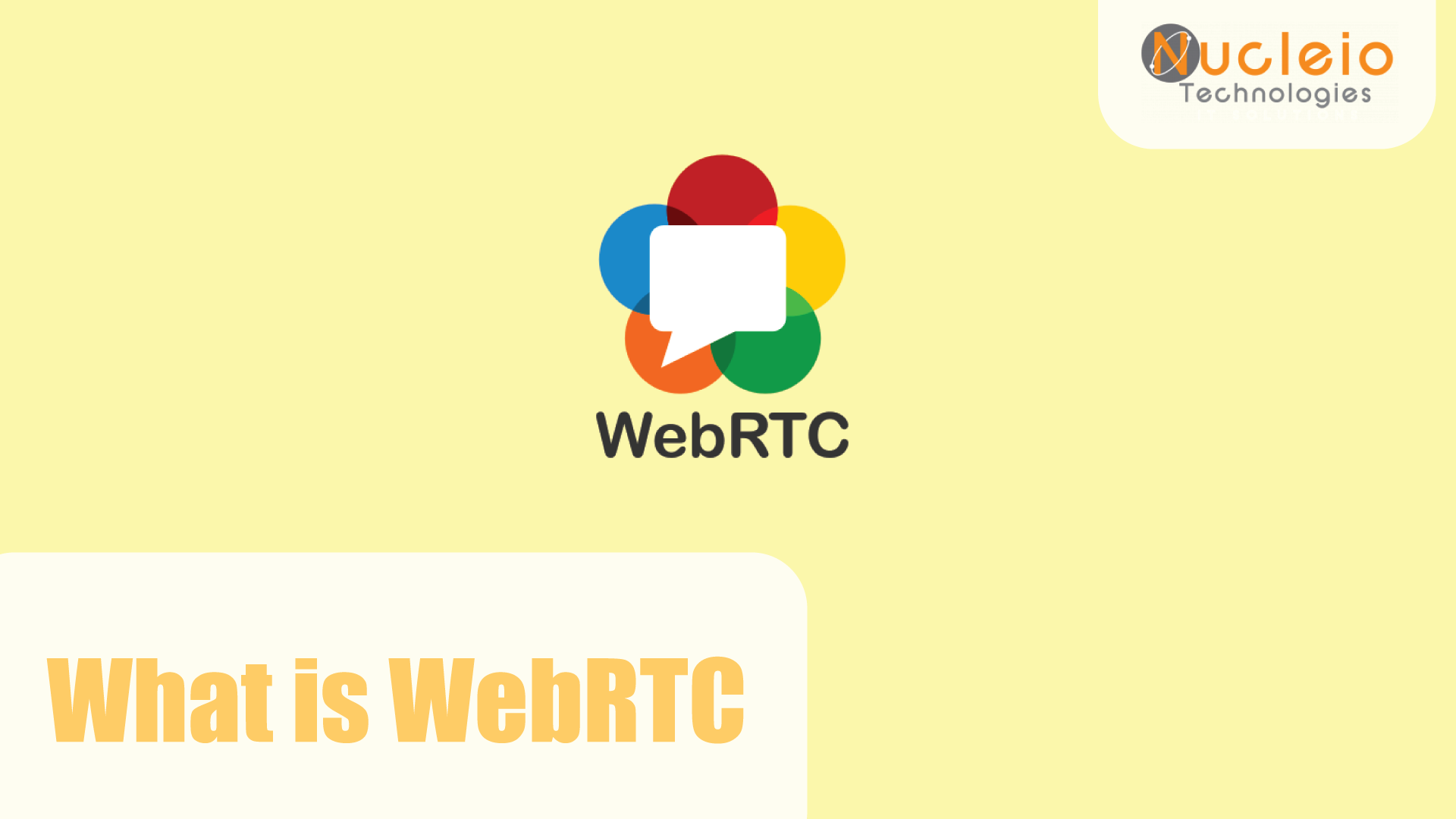What is WebRTC?
WebRTC, an open-source project, facilitates immediate voice, text, and video interactions between web browsers and devices. It offers a set of JavaScript-based APIs to software developers, allowing them to establish peer-to-peer connections seamlessly across internet browsers and mobile apps, eliminating concerns about compatibility for various content formats.
With WebRTC, developers can establish real-time communication channels without the need for custom interfaces, additional plugins, or specialized software, simplifying browser integration. This streamlines audio and video exchanges effortlessly through standard web pages.
What is the goal of WebRTC?
WebRTC aims to enable real-time peer-to-peer communications online. It has various applications, such as:
- It is heavily used for real-time communications.
- It provides the connection between one peer to another for specific purposes.
- It is used for video conferencing on video calling platforms, such as Microsoft Teams, Slack or Google Meet.
Pros and Cons of webRTC
Pros:
- It can adjust communication bandwidth, quality, and traffic flow when network conditions fluctuate.
- It is a free open-source software.
- It works on any operating system (OS) as long as it is supported by the browser used.
Cons:
- The maintenance can be costly because WebRTC requires powerful machines/ servers.
- Bandwidth can be an issue since the user must establish P2P browser connection.
- The quality of video and audio is dependent in the internet so inconsistencies may be an issue.
In conclusion, WebRTC facilitates real-time peer-to-peer communication online and can be used in applications like online education and video calling platforms.

